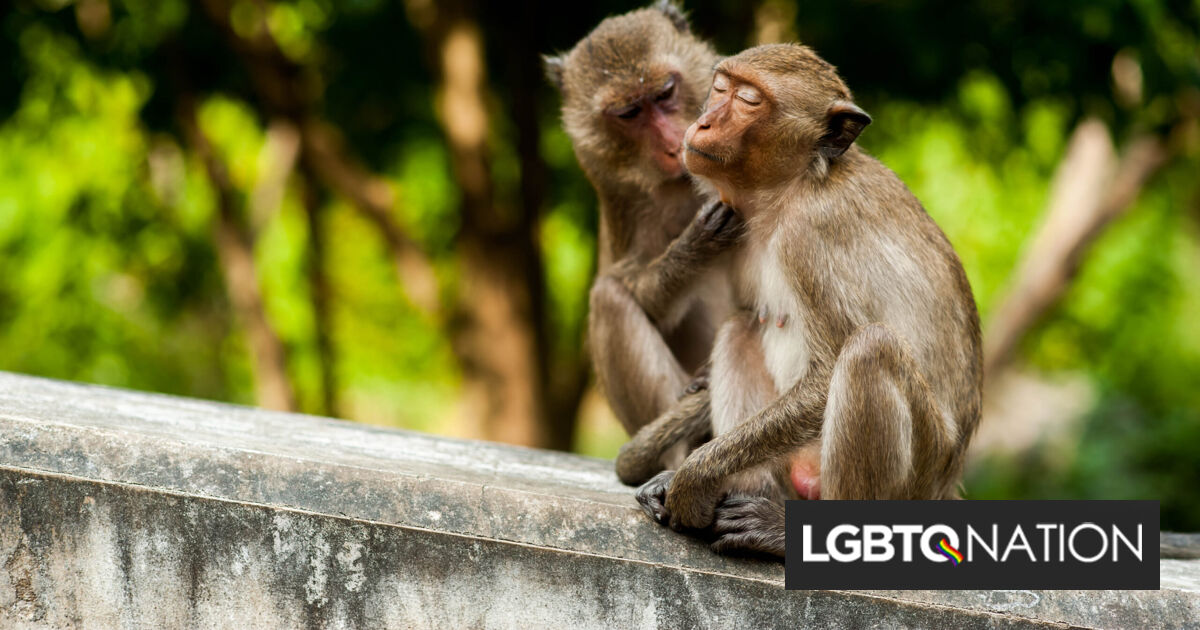
Guwahati, India – The conservation status of India’s only ape, the hoolock gibbon, has become a cause for concern at a recent global event focused on gibbons held in China. With its habitat restricted to the northeastern region of India, the hoolock gibbon is one of the 20 gibbon species worldwide facing a high risk of extinction.
Gibbons, known as the smallest and fastest of all apes, inhabit the tropical and subtropical forests of Southeast Asia. Among the various species of gibbons, the hoolock gibbon holds a unique place as the sole ape species found in India. Its presence in the northeastern part of the country contributes to the region’s biodiversity and underscores the importance of protecting its natural habitat.
The global event held in China shed light on the conservation challenges faced by gibbons, including the hoolock gibbon. The gathering aimed to raise awareness, share scientific research, and discuss strategies for the protection and preservation of these endangered primates. With their dwindling numbers and vulnerable status, it is imperative to address the threats they face to ensure their survival.
The hoolock gibbon’s restricted range in India’s northeast exposes it to various threats, including habitat loss, fragmentation, and poaching. Deforestation, driven by activities such as agriculture, logging, and infrastructure development, poses a significant risk to the gibbon’s natural habitat. The loss of forest cover disrupts their habitat connectivity and reduces their ability to find food and mates.
Furthermore, the illegal wildlife trade remains a persistent challenge, with gibbons being hunted for their body parts, which are used in traditional medicine or kept as exotic pets. The demand for gibbons and the encroachment into their habitat exacerbate the pressures on their populations.
Conservation efforts aimed at protecting the hoolock gibbon and its habitat are crucial for their long-term survival. Collaborative initiatives involving local communities, governmental agencies, and non-governmental organizations are vital for the effective implementation of conservation strategies. Such efforts may include habitat restoration, raising awareness, strengthening law enforcement against wildlife trafficking, and promoting sustainable livelihoods that reduce dependency on forest resources.
The concerns raised at the global event in China highlight the urgency of conservation actions to safeguard the hoolock gibbon and other endangered gibbon species. Preserving the rich biodiversity of India’s northeast and ensuring the survival of these unique apes are not only critical for the ecosystem but also for the cultural heritage and natural heritage of the region.
As discussions continue on a global scale, it is essential for stakeholders to work together in protecting the hoolock gibbon and its habitat. By prioritizing conservation efforts, supporting research, and raising awareness, we can strive to secure a sustainable future for this remarkable ape species and the delicate ecosystems they inhabit.
